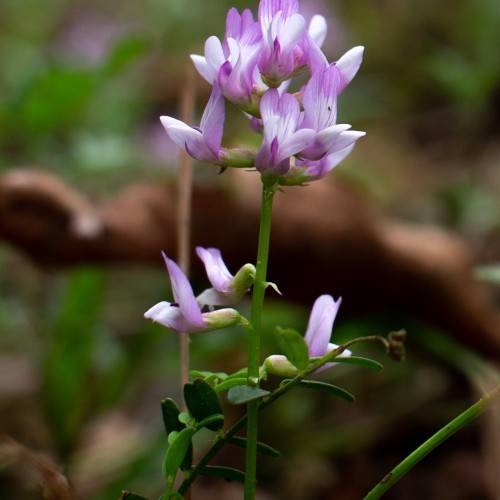
Williams' Milkvetch
Astragalus williamsii
Watering:
Minimal
Hardiness Zone:
Sun:
full sun,part shade
Fruits:
Fruits Ready In Fall
Leaf:
Yes
Growth Rate:
Low
Drought Tolerant:
Yes
Salt Tolerant:
Yes
Care Level:
Medium
watering
Williams' Milkvetch should be watered when the surface soil is dry to about 1 inch deep. In dry climates plants should be watered at least once a week, and more often in hot summer months. In cooler climates, water the plants about every 14 days. To ensure that enough water is available, deeply soak the area around the plant so the roots can absorb moisture. It is also important to remember not to saturate the soil since Williams' Milkvetch's roots are shallow and can rot if exposed to standing water.
sunlight
Williams' Milkvetch grows best in full sun, with plenty of sunlight exposure throughout the day. An ideal environment for this plant species is 1 with 6 to 8 hours of sunlight per day. This will depend on the specific location and time of year, but Williams' Milkvetch typically experiences more direct sun during the spring and summer months. Sunlight should be reduced slightly during the hottest periods of summer, as too much direct sun can damage the plant. In general, the more intense morning light is best, as it gives the plant plenty of energy to become established throughout the day.
pruning
Williams' Milkvetch (Astragalus williamsii) should be pruned lightly in early spring, before the new growth starts. Prune off any dead or damaged stems, and then cut back any leggy overgrowth to improve airflow, sun exposure, and overall form. Prune the stems back by 1/3 up to 1/2 their original length, making sure to stop at a leaf node so that the new growth has something to emerge from.
